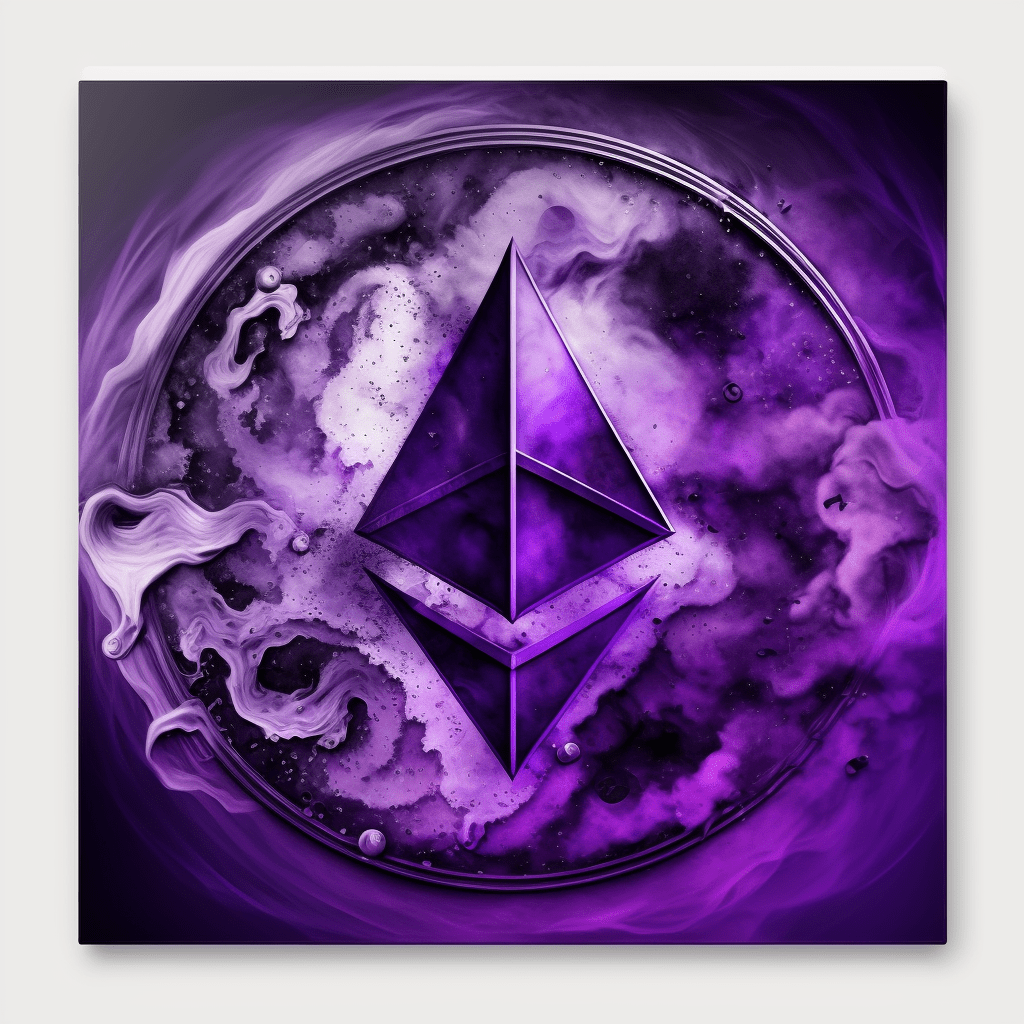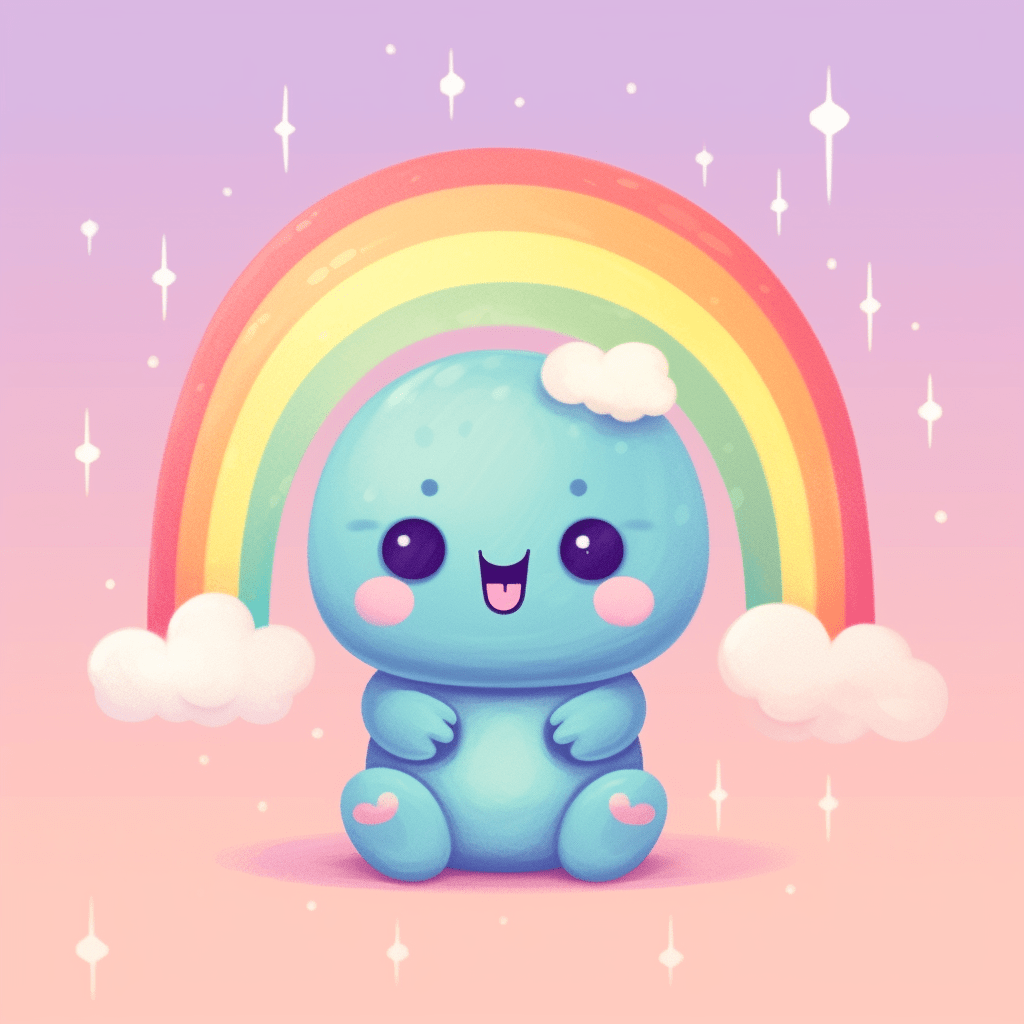The non-fungible token (NFT) market has experienced exponential growth in recent years, with many artists, creators, and entrepreneurs looking to capitalize on this digital revolution. One crucial factor in determining the long-term success of an NFT project is the cost involved in creating, marketing, and maintaining it. In this article, we’ll explore the relationship between the costs associated with NFT projects and their potential for long-term success, highlighting some of the key considerations when planning your own NFT venture.

Understanding the Costs of an NFT Project
Before delving into the relationship between costs and long-term success, it’s important to understand the various expenses associated with creating an NFT project. Some of the most common costs include:
- Development and design costs: This encompasses the time and resources needed to create the digital art, platform, or game that your NFTs will be a part of. Depending on the complexity of your project, these costs can vary significantly.
- Minting and listing fees: Minting NFTs on a blockchain incurs fees, which are often referred to as gas fees. Additionally, listing your NFTs on marketplaces can also come with fees, which can either be a flat rate or a percentage of the sale.
- Marketing and promotion: To ensure your NFT project gains traction and attracts buyers, you’ll need to invest in marketing and promotion. This can include social media advertising, influencer partnerships, or public relations efforts.
- Maintenance and updates: Depending on your project, you may need to allocate funds for ongoing maintenance and updates to keep it fresh and relevant in the ever-evolving NFT market.
Balancing Costs and Long-term Success
Achieving long-term success with an NFT project often requires striking a delicate balance between managing costs and investing in the project’s growth. Here are some key considerations to keep in mind:
- Quality vs. affordability: While it’s tempting to cut corners to save on costs, it’s essential to remember that the quality of your NFT project will play a significant role in its long-term success. Investing in high-quality digital art, user experience, and platform functionality can set your project apart from competitors and lead to higher demand and more sales.
- Sustainable growth: Spending too much on marketing and promotion without a solid foundation can lead to short-term success but may not be sustainable in the long run. Focus on creating a unique, valuable project that resonates with your target audience before investing heavily in marketing efforts.
- Scalability: As your NFT project grows, the associated costs may also increase. Plan for scalability by building a flexible infrastructure that can handle growth without incurring excessive costs.
- Efficiency and optimization: Regularly review your project’s expenses and look for opportunities to cut costs and improve efficiency. This can include optimizing your NFT minting process, streamlining your marketing efforts, or renegotiating fees with marketplaces and service providers.
Factors That Influence the Relationship Between Costs and Success

Several factors can influence the relationship between the costs of an NFT project and its long-term success. Some of these include:
- The NFT market and trends: The overall state of the NFT market and prevailing trends can play a significant role in the success of your project. Understanding these trends and adapting your project accordingly can help you allocate your resources more effectively.
- Competition: The level of competition in your project’s niche can impact the costs and long-term success of your NFT venture. Identifying your competitors and understanding their strategies can help you make more informed decisions about your project’s direction and resource allocation.
- The uniqueness of your project: A unique and innovative NFT project can help set you apart from the competition and command higher prices, offsetting the costs associated with development and marketing.
- Community engagement: A strong and engaged community can be invaluable in driving the long-term success of an NFT project. Invest in fostering a community that believes in your project’s vision and is willing to support it through marketing, word-of-mouth, and even financial contributions.
Strategies for Long-term Success
To maximize the long-term success of your NFT project while managing costs, consider implementing the following strategies:
- Leverage partnerships: Collaborate with other creators, platforms, or influencers to share resources and expertise, reducing individual costs while increasing the potential reach of your project.
- Crowdfunding and pre-sales: Pre-selling a portion of your NFTs or launching a crowdfunding campaign can help generate initial funding to cover development and marketing costs.
- Grants and sponsorships: Explore grant opportunities or seek sponsorships from organizations interested in supporting projects in the NFT space.
- Tokenomics and revenue sharing: Develop a tokenomics model that incentivizes community members to promote and support your project by sharing revenue or other rewards.
The Road Ahead

In conclusion, the relationship between NFT project costs and long-term success is a delicate balance that requires careful planning, resource allocation, and ongoing optimization. By focusing on the quality and uniqueness of your project, fostering a strong community, and leveraging partnerships and other funding opportunities, you can minimize costs while maximizing the potential for long-term success in the rapidly evolving NFT market.
